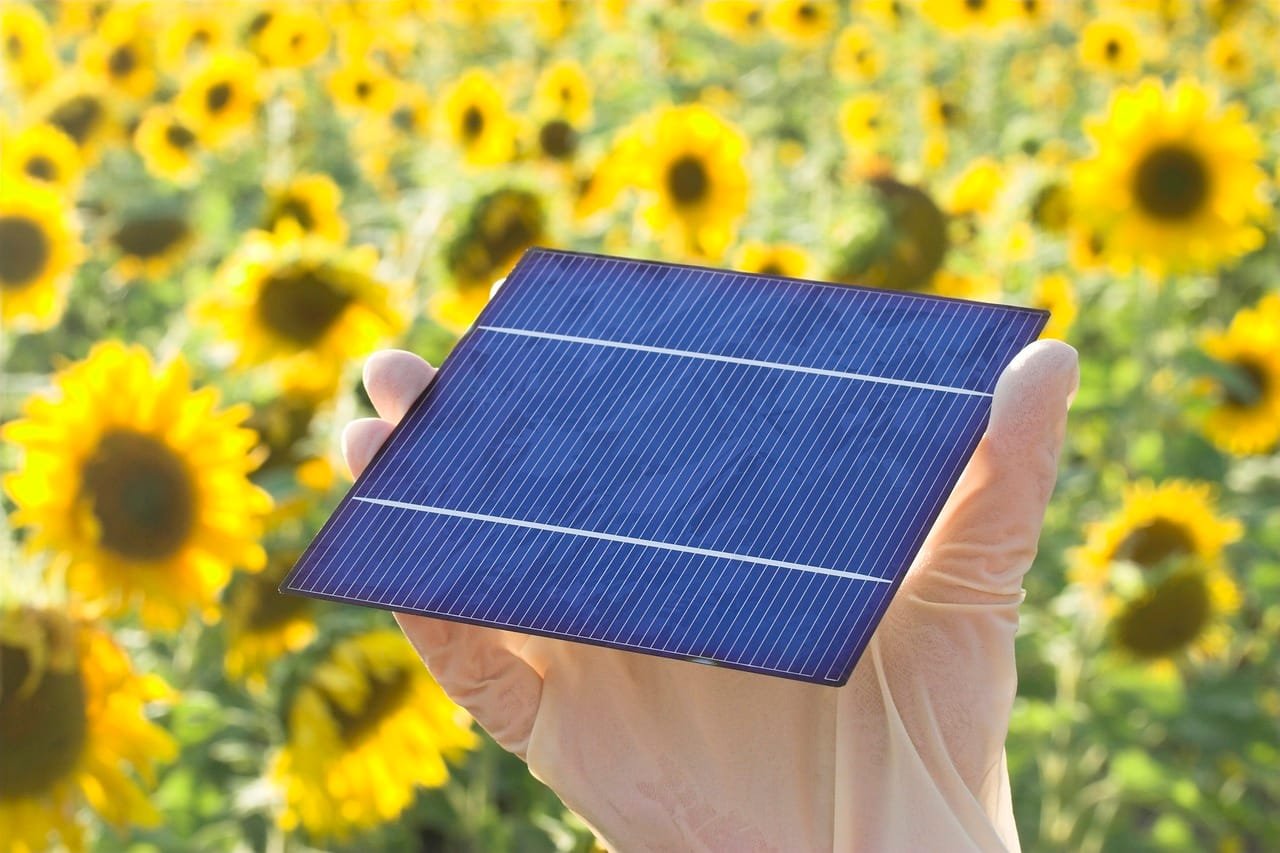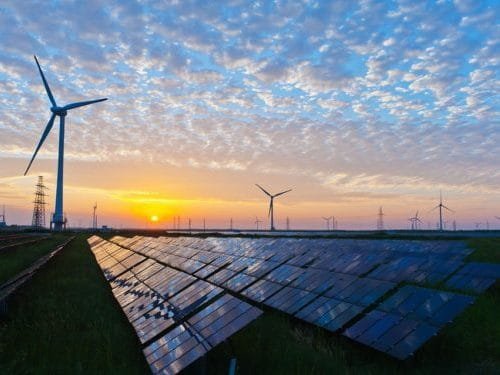Summary
The renewable energy sector in the United States is experiencing rapid growth, with projections indicating that its total installed capacity is likely to surpass that of natural gas within the next three years. As of late 2024, renewable energy sources, including solar, wind, biomass, geothermal, and hydropower, accounted for over 30% of the total utility-scale electrical generating capacity in the U.S. Notably, solar energy has emerged as the largest contributor to new capacity additions, marking a significant shift in the energy landscape.
Highlights
- 🌞 Renewable Energy Surge: Over 30% of U.S. utility-scale electrical generating capacity now comes from renewable sources, projected to reach 37% by 2027.
- ⚡ Solar Dominance: Solar has been the largest source of new generating capacity for 14 consecutive months, indicating its rapid growth compared to other energy sources.
- 🌬️ Wind Capacity Growth: Wind power continues to contribute significantly to new capacity additions, although it ranks behind solar.
- 📈 Future Projections: By 2027, solar energy is expected to account for approximately 15.5% of the total installed capacity, surpassing coal and wind.
- 🌍 Renewables’ Contribution to Generation: Renewables provided almost 25% of electrical generation in the U.S. during the first ten months of 2024.
- 🏡 Small-Scale Solar Impact: Including small-scale solar systems, the renewable energy share could exceed 300 GW, pushing the overall renewables mix above 40%.
Renewable energy is now over 30% of total US utility-scale electrical generating capacity and on track to reach 37% by the end of 2027, according to data in two new end-of-the-year reports just released by the Federal Energy Regulatory Commission (FERC) and the US Energy Information Administration (EIA) and reviewed by the SUN DAY Campaign.
In addition, renewables – i.e., solar, wind, biomass, geothermal, and hydropower – provided almost 25% of the US’s electrical generation during the first 10 months of 2024.
Further, October was the 14th month in a row in which solar was the largest source of new capacity, putting it on track to become the US’s second-largest source of capacity, behind natural gas, in three years or sooner.





